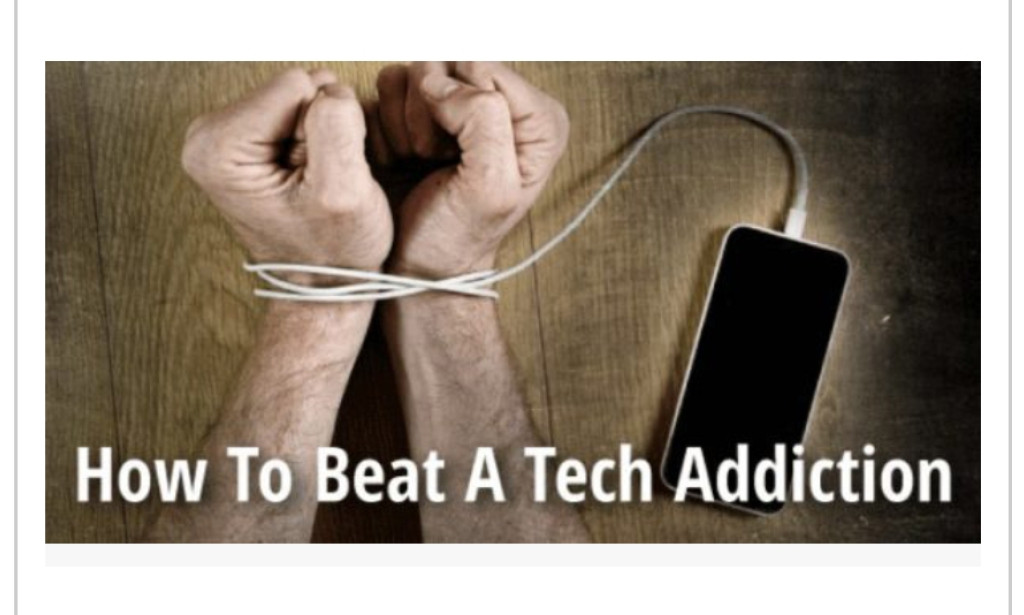
In today's digital age, our lives are intertwined with technology, presenting both opportunities and challenges. As the line between online and offline blurs, it's essential to cultivate a healthy relationship with technology and break free from digital addiction. This article explores effective strategies to regain control, establish boundaries, and find a harmonious balance between technology and well-being.
Acknowledge the Issue:
Recognize the signs of digital addiction, such as compulsive device use, anxiety when disconnected, and neglect of real-life activities. Admitting the problem is the first step towards change and reclaiming a healthy relationship with technology.
Set Digital Boundaries:
Establish clear boundaries and limits on device usage. Define specific times and spaces where technology is off-limits, such as during meals, before bed, or in certain social settings. Designate tech-free zones within your home to encourage face-to-face interactions and relaxation.
Practice Digital Detox:
Periodically disconnect from digital devices to recharge and reconnect with the present moment. Set aside dedicated periods, whether it's a few hours, a day, or a weekend, to engage in offline activities, such as hobbies, nature walks, reading, or quality time with loved ones.

Utilize Digital Well-being Tools:
Leverage the digital well-being features available on smartphones and apps. These tools allow you to track and manage screen time, set app limits, enable Do Not Disturb modes, and promote healthier technology habits.
Cultivate Offline Hobbies and Interests:
Rediscover the joys of offline activities that bring fulfillment and joy. Engage in hobbies such as painting, gardening, playing a musical instrument, or participating in sports. Invest time in face-to-face interactions, fostering deeper connections with friends and family.
Practice Mindful Technology Use:
Develop a mindful approach to technology consumption. Before using devices, pause and reflect on your intentions. Set specific goals for your digital engagement, whether it's learning, creating, or connecting, and avoid mindless scrolling or excessive multitasking.
Prioritize Self-Care:
Nurture your physical and mental well-being outside the digital realm. Focus on exercise, proper nutrition, quality sleep, and stress reduction techniques like meditation or deep breathing exercises. Engaging in self-care activities enhances resilience and reduces reliance on technology as an escape.
Establish Digital-Free Rituals:
Introduce digital-free rituals into your daily routine. Begin and end your day without immediately reaching for your devices. Instead, incorporate activities such as journaling, reading, or mindful reflection to cultivate a calm and focused mindset.
Seek Support:
If digital addiction proves challenging to overcome alone, seek support from friends, family, or professionals. Join support groups, attend workshops or therapy sessions designed to address technology-related dependency and provide guidance for healthier habits.
Lead by Example: As a role model, lead by example and promote healthy technology habits within your family or social circles. Encourage open discussions about the impact of technology, share strategies, and create an environment that supports a balanced approach to digital engagement.
Breaking free from digital addiction requires conscious effort and a commitment to striking a healthy balance with technology. By implementing these strategies, you can regain control, reduce dependency, and foster a harmonious relationship with technology, leading to improved overall well-being, increased productivity, and more meaningful connections in your life. Embrace the power of conscious technology use and rediscover the joys of the offline world.

You must be logged in to post a comment.